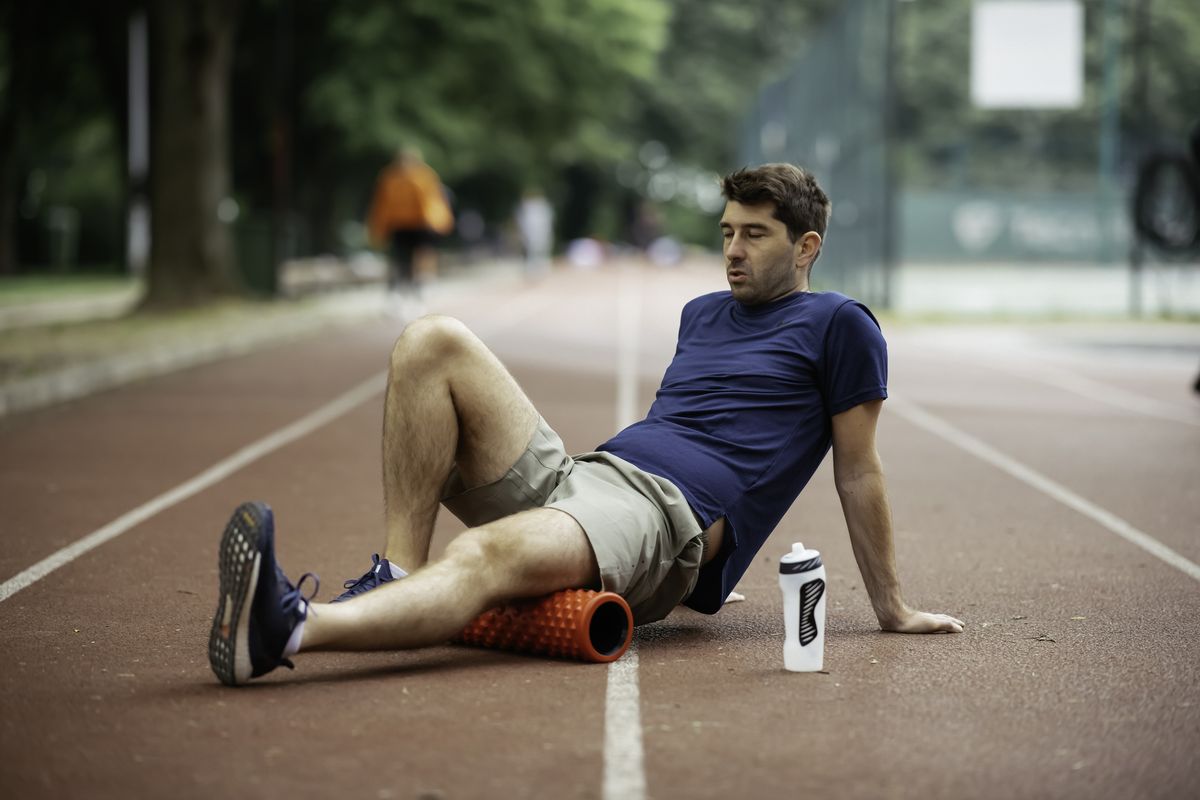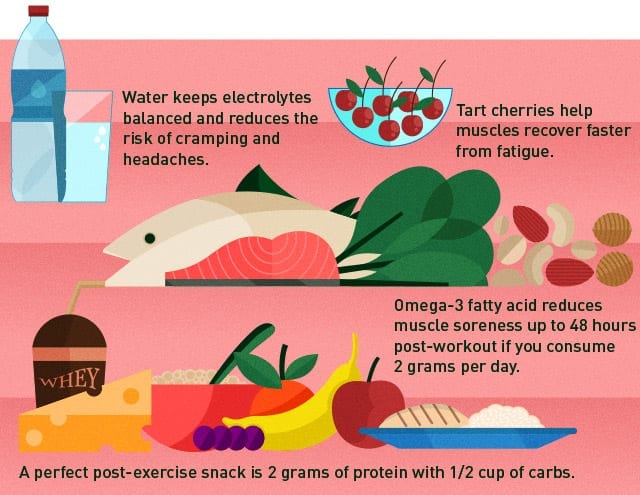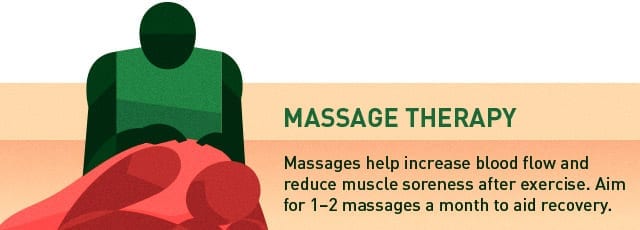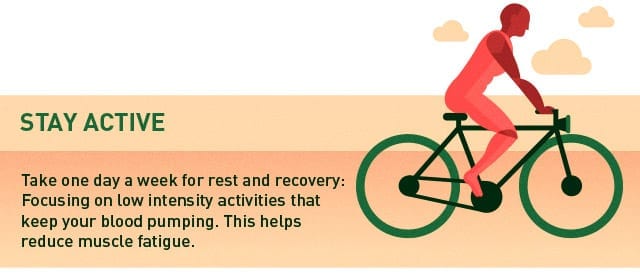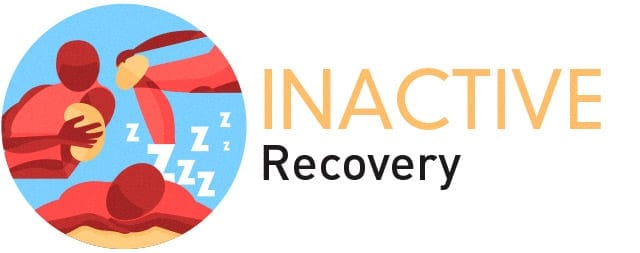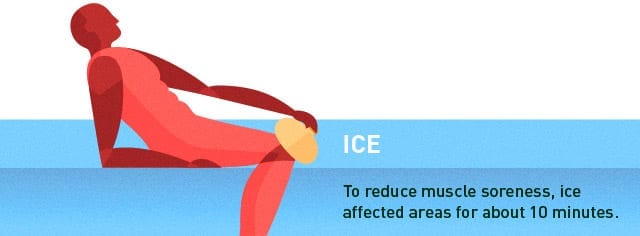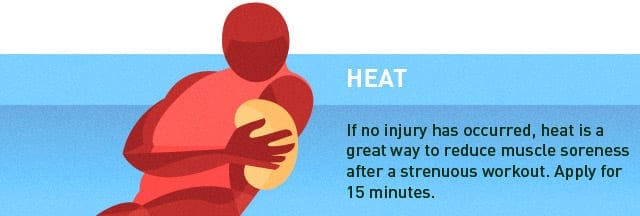Exercise-induced soreness, commonly known as delayed onset muscle soreness (DOMS), is a natural and often temporary result of physical activity. Whether you’re a seasoned athlete or just starting a new fitness routine, experiencing muscle soreness after a workout is not uncommon. While it can be uncomfortable, understanding the causes and implementing effective treatment strategies can help alleviate soreness and promote a faster recovery. In this article, we will explore valuable tips and techniques on how to treat exercise-induced soreness, allowing you to continue pursuing your fitness goals with greater comfort and ease.
An invigorating workout leaves you feeling on top of the world, but also invites muscle soreness and fatigue along for the ride. Whether you experience acute post-workout muscle fatigue or delayed onset muscle soreness (DOMS, usually occurring when you participate in strenuous exercise or exercise you are not accustomed to doing), recovery is vital to reducing aches and pain.
The severity of soreness you experience depends on the type of stress placed on the muscle. Exercise with a strong eccentric component, for example, running downhill, is shown to increase the chance of DOMS, which can last up to 5 days post workout. Not all exercise-induced soreness is considered DOMS, so it’s important to note the difference. A good indicator is when the soreness occurs.
Acute soreness happens during or right after exercise (it can last for a day or two) and feels more like muscle fatigue—when you feel you’ve had a good workout but you need a break physically. DOMS occurs within hours or days after your workout and often causes tenderness, swelling, and stiffness in the joints.
Starting recovery immediately after your workout can greatly reduce muscle soreness and fatigue, and have you well on your way to a stronger, healthier body.
Here is what we suggest.
Water. Hydrating before and during exercise improves performance, keeps electrolytes balanced, and reduces the risk of cramping and headaches. But the sipping shouldn’t stop when your workout ends. Continue to savor H2O throughout the day to keep ligaments and cartilage soft and hydrated, improve mood, and ensure nutrients are transported throughout your body. Sip, don’t gulp, water and reduce your consumption of beverages that work as diuretics, such as coffee, tea, and alcohol, to ensure adequate hydration.
Omega-3 Fatty Acids. A study published in the Clinical Journal of Sports Medicine showed that taking around 2 grams of fish oil per day reduces muscle soreness after up to 48 hours after exercise, decreases muscle swelling, and increases joint range of motion. Omega-3 can be found in fatty fish like salmon and tuna, nuts, and spinach. Eating these foods along with taking a single dose of fish oil per day will not only help you recovery, but also provide other great health benefits.
Protein and carbohydrate combo. Nutrition plays a big role in post-exercise recovery. Consuming a small meal of protein with a bit of carbs helps to replenish nutrient stores and reduce muscle soreness. A good guideline is to consume a few grams of protein along with ½ cup of carbs post exercise to aid in recovery. This can be cottage cheese with fresh fruit, chicken breast with rice, or even a recovery shake with whey protein and oatmeal.
Tart cherries. Tart cherries are rich in anthocyanins, an antioxidant that protects cells from going rogue. These compounds also reduce muscle swelling and help muscles recover faster from fatigue. A study published in the Journal of the International Society of Sports Nutrition found that endurance athletes who consumed tart cherry juice for 7 days prior to their event experienced far less pain increase post race than the placebo group. Though a standard hasn’t been established for cherry consumption, we recommend a handful of tart cherries, a small glass of cherry juice, or a single serving of tart cherry supplements a day.
Self-Myofascial Release (SMR). SMR is the technical term for self-massage to help reduce muscle tightness and release trigger points. When applying pressure to specific muscles, you can release tightness and stiffness, which will aid in recovery so your body can return to normal elasticity. SMR tools include foam rolling, sticks, balls, Theracane or Body Back Buddy, and your own hands. When pressure is applied to tight areas or trigger points, you may often feel pain start at a given point and radiate to other areas of the body. SMR techniques can be painful at first, so ease into this method of self-massage. Start with tools that are less dense as firmness will increase the amount of applied pressure. As your muscle display less tension over time, you can increase the amount of pressure applied, the length of time you apply pressure, and the density of your SMR tools. You can perform 10 minutes of SMR prior to or after exercise to help you recover faster.
Massage therapy. A recent study at the University of Illinois at Chicago showed that massage increased blood flow and reduced muscle soreness after exercise. Those who exercised to muscle soreness and received massage to the affected area after exercise experienced less soreness 90 minutes post massage and improved blood flow for up to 72 hours. Another study found that post-exercise massage could also reduce the production of inflammation-inducing cytokines and increase stimulation of mitochondria, the powerhouses inside cells that convert glucose to energy and aid in cell function and repair. No need to break the bank: Getting a massage once or twice a month can greatly improve workout recovery time.
Stay active. Though muscles need to rest to recover, being completely inactive the day after exercise may prolong soreness. Active recovery focuses on low intensity activities that keeps your blood pumping and helps reduce muscle fatigue. This could simply mean a walk around the block, a leisurely bike ride, or some time spent in the garden. Take one day a week for total rest and recovery, and stay active during your other days off from exercise.
Sleep. More important than anything else for muscle recovery is the time spent sleeping. During sleep, your body is able to restore hormonal balance, aid in tissue recovery, and improve mental sharpness and clarity. A deep slumber increases protein metabolism, which aids in tissue growth and repair. Getting to bed before midnight has shown to have an increase in sleep quality. Aim for at least 6 hours of sleep per night, but a good 8 to 10 hours is even better.
Ice. Ice has been shown to reduce muscle soreness after exercise by constricting blood vessels to slow blood flow. Though ice is a great way to reduce post-workout swelling and pain, it does not aid in long-term recovery. Some athletes take a quick dip in an ice bath; if that seems a bit intense, simply applying ice packs will do the trick. The research is still out on the amount of time for ice application, but a good rule is 10 minutes.
Heat. Heat therapy is a good follow up to ice, but never apply heat directly to an injury. If you suspect an injury over general soreness, grab the ice pack. If no injury has occurred, heat is a great way to reduce muscle soreness after a strenuous workout. Once the ice has reduced swelling, you can apply heat for 15 minutes to reduce post-workout muscle soreness. Heat can even be applied later in the day or before bed.





